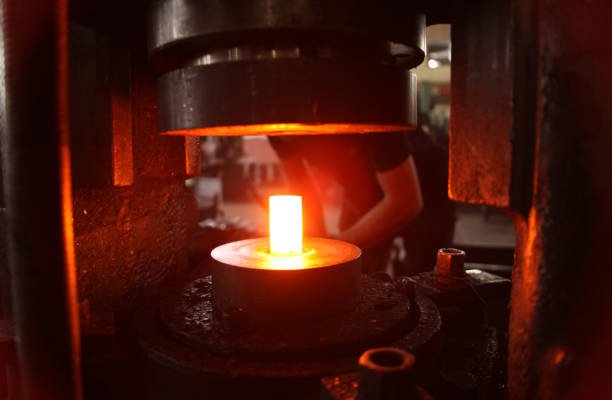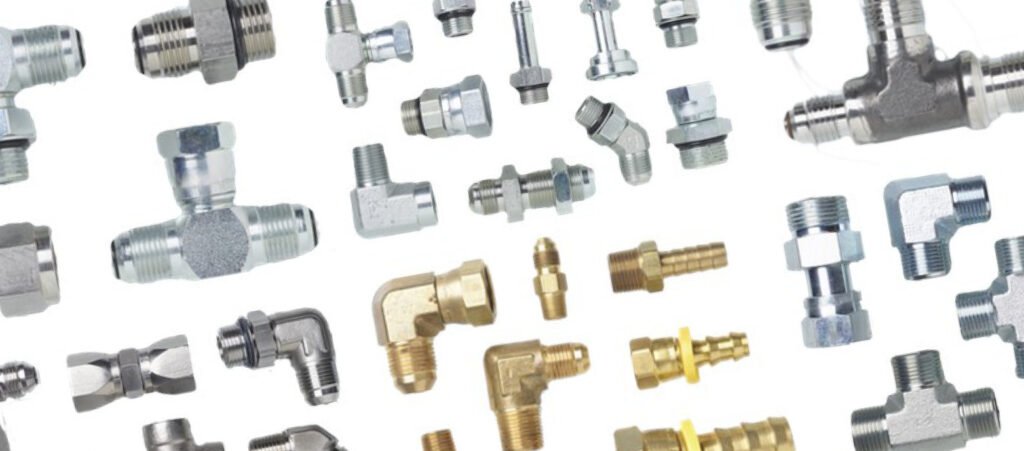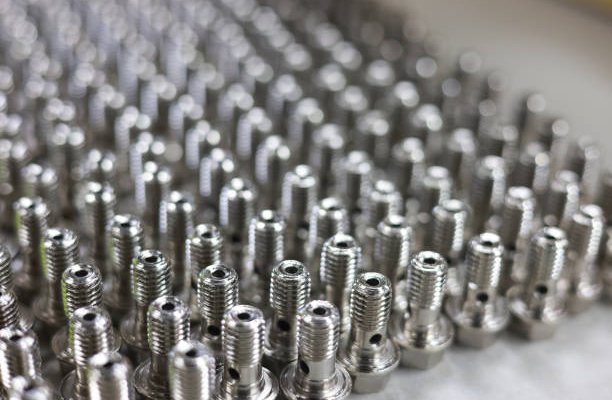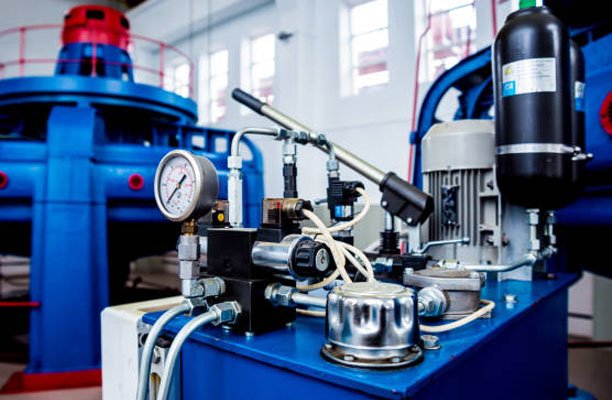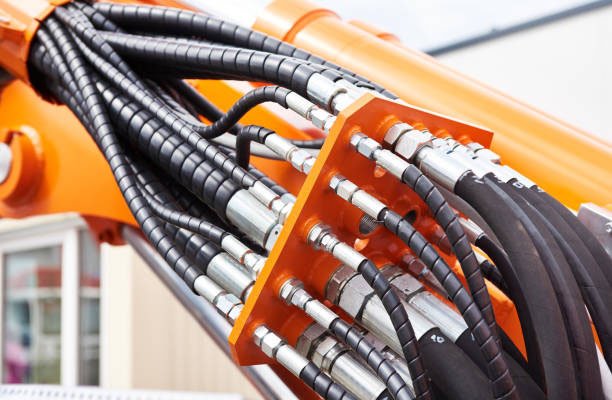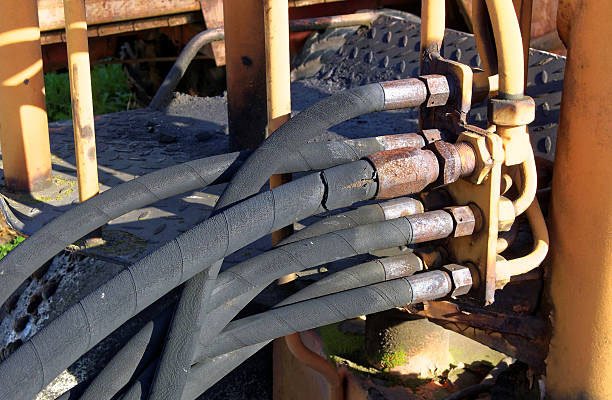When it comes to manufacturing hydraulic fittings, precision, durability, and efficiency are non-negotiable. But behind every reliable fitting is a carefully chosen machining method that ensures it performs under high pressure. Two popular techniques—cold heading and hot forging—stand out as industry favorites. But which one is the better fit for your application? Let’s break down their processes, advantages, and key differences to help you make an informed decision.
What Is Cold Heading?
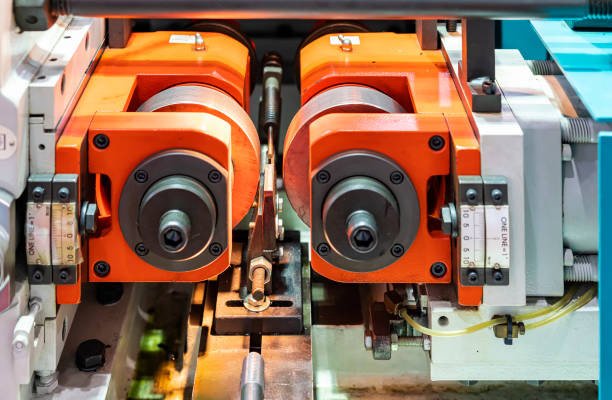
Cold heading, also known as cold forming, is a process where metal is shaped at room temperature using high-pressure dies and punches. Instead of cutting away material (like in traditional machining), cold heading involves compressing and reshaping the metal. This process is known for its precision and efficiency, especially in high-volume production.
Applications of Cold Heading:
Cold heading is often used for smaller, intricate parts like bolts, nuts, and, of course, hydraulic fittings. Its strength and precision make it a go-to method for parts requiring tight tolerances and reliability.
What Is Hot Forging?

Hot forging, on the other hand, involves heating metal to a high temperature (above its recrystallization point) to make it pliable. Once heated, the material is shaped using dies and hammers. This process is widely used for larger, more complex parts.
Applications of Hot Forging:
Hot forging is ideal for producing hydraulic fittings that require unique shapes or larger sizes. It’s also used for components exposed to extreme conditions, as the process enhances the metal’s ductility and toughness.
Key Differences Between Cold Heading and Hot Forging
| Aspect | Cold Heading | Hot Forging |
|---|---|---|
| Temperature | Performed at room temperature | Requires heating above recrystallization point |
| Material Waste | Minimal due to reforming | Moderate due to trimming and shaping |
| Precision | High precision with tight tolerances | Less precise but allows for complex shapes |
| Strength | Increases material density and fatigue resistance | Enhances ductility and toughness |
| Tooling Requirements | Requires high-strength tooling | Tooling lasts longer due to lower strain |
| Best for | High-volume, small to medium-sized parts | Large, complex, or specialty parts |
Advantages and Disadvantages of Cold Heading and Hot Forging
To help you decide which machining method is better suited for your hydraulic fittings, let’s dive into the advantages and disadvantages of both cold heading and hot forging. Understanding the trade-offs can provide clarity when selecting the right process for your specific needs.
Advantages of Cold Heading (Cold Forging)
- High Precision: Produces parts with tight tolerances and consistent shapes, reducing the need for secondary machining.
- Cost Efficiency: The process minimizes material waste and energy costs since no heating is required.
- Enhanced Strength: Cold forming increases material density and improves fatigue resistance, making parts stronger and longer-lasting.
- Eco-Friendly: By eliminating the heating process, it reduces energy consumption and carbon emissions.
- Fast Production Rates: Perfect for high-volume manufacturing due to its efficiency.
Disadvantages of Cold Heading (Cold Forging)
- Material Limitations: Works best with softer metals. Harder alloys may crack or be too difficult to form.
- Complex Shapes Are Challenging: It’s harder to produce intricate designs or large parts without additional machining steps.
- High Tooling Costs: Requires specialized, high-strength dies that can withstand extreme pressures, which increases initial investment.
Advantages of Hot Forging
- Flexibility in Design: Allows for more complex shapes and larger parts that would be difficult to achieve with cold heading.
- Improved Ductility: The heating process makes metals more malleable, reducing the risk of cracking or breaking during shaping.
- Versatility with Materials: Can work with a wide range of metals, including tougher alloys like stainless steel.
- Enhanced Toughness: Improves the material’s ability to withstand heavy loads and extreme conditions.
- Lower Tooling Strain: Dies and tools face less wear and tear since heated materials are easier to manipulate.
Disadvantages of Hot Forging
- Higher Energy Costs: The need for heating the metal significantly increases energy consumption, making it less eco-friendly.
- Lower Precision: Shapes and dimensions may not be as accurate as cold heading, often requiring additional machining for tighter tolerances.
- Material Waste: The trimming and finishing processes often result in more scrap compared to cold heading.
- Slower Production Rates: The added steps, such as heating and cooling, can slow down production compared to cold forging.
Which Method Is Best for Hydraulic Fittings?
Both cold heading and hot forging have their strengths, but the choice ultimately depends on your specific needs:
- Choose Cold Heading if:
- You need high precision and uniformity across large production volumes.
- Your hydraulic fittings are small to medium in size and require high strength to withstand pressure.
- Material efficiency is a priority.
- Choose Hot Forging if:
- Your hydraulic fittings are large, uniquely shaped, or made from tougher alloys.
- Ductility and toughness are more important than absolute precision.
- The parts need to handle extreme conditions like high heat or heavy mechanical stress.
For instance, if you’re manufacturing standard hydraulic fittings for fluid transfer systems, cold heading might be the best bet. But if you’re designing custom fittings for heavy machinery or oil rigs, hot forging could be more suitable.
The Role of Hydraulic Fittings in Industrial Systems
Hydraulic fittings are the unsung heroes of fluid power systems. These components connect pipes, hoses, and tubes, ensuring leak-proof operation under high pressure. Because they operate in demanding environments—think construction equipment, aerospace systems, and industrial machinery—hydraulic fittings must be incredibly strong, durable, and precise.
That’s why the machining method matters. The right process can make or break the performance and longevity of your fittings.
Tips for Choosing the Right Machining Method
- Understand Your Application: Consider the environment, operating conditions, and stresses your fittings will face.
- Evaluate Cost vs. Volume: For high-volume production, cold heading is often more cost-effective. For custom, low-volume parts, hot forging might be better.
- Consider Material Properties: If using tough materials like stainless steel, hot forging may provide better results.
- Work with Experts: Partner with a machining specialist who can guide you toward the best method for your needs.
Conclusion
Choosing between cold heading and hot forging for your hydraulic fittings isn’t just a technical decision—it’s a strategic one. Each method offers unique benefits, and understanding the trade-offs can help you optimize your production process for quality, cost, and efficiency.
Ready to make your decision? Whether you’re producing in bulk or crafting custom parts, take the time to analyze your needs and consult with machining experts to ensure you pick the right process. After all, the success of your hydraulic systems starts with reliable, well-machined fittings.
FAQs
1. What metals are commonly used in cold heading and hot forging for hydraulic fittings?
Both processes work well with carbon steel, stainless steel, and aluminum. Hot forging is especially useful for harder alloys.
2. Are there hybrid methods that combine cold heading and hot forging?
Yes, some manufacturers use a mix of both methods to balance precision and complexity, especially for parts with intricate designs.
3. How do these methods affect the cost of hydraulic fittings?
Cold heading is more cost-effective for high-volume, standardized fittings, while hot forging may increase costs due to additional heating and shaping steps.
4. Which method is more environmentally friendly?
Cold heading generates less waste and uses less energy, making it the greener option overall.
5. Can cold heading and hot forging be used together for hydraulic fittings?
Yes, some manufacturers combine cold heading and hot forging to capitalize on the strengths of both methods. For instance, cold heading might be used for creating precise base shapes, while hot forging is used for finishing complex or heavy-duty features. This hybrid approach is ideal when a part needs both precision and unique shaping.
6. How do I ensure the durability of hydraulic fittings regardless of the machining method?
Durability depends on a combination of factors:
- Material selection: Use high-strength materials like stainless steel or alloy steel.
- Heat treatment: Post-forging treatments like annealing or tempering can improve toughness.
- Surface finishing: Processes like polishing or coating can prevent corrosion, extending the lifespan of the fittings.
Finally, always conduct thorough quality inspections to ensure the fittings meet performance standards before use.

